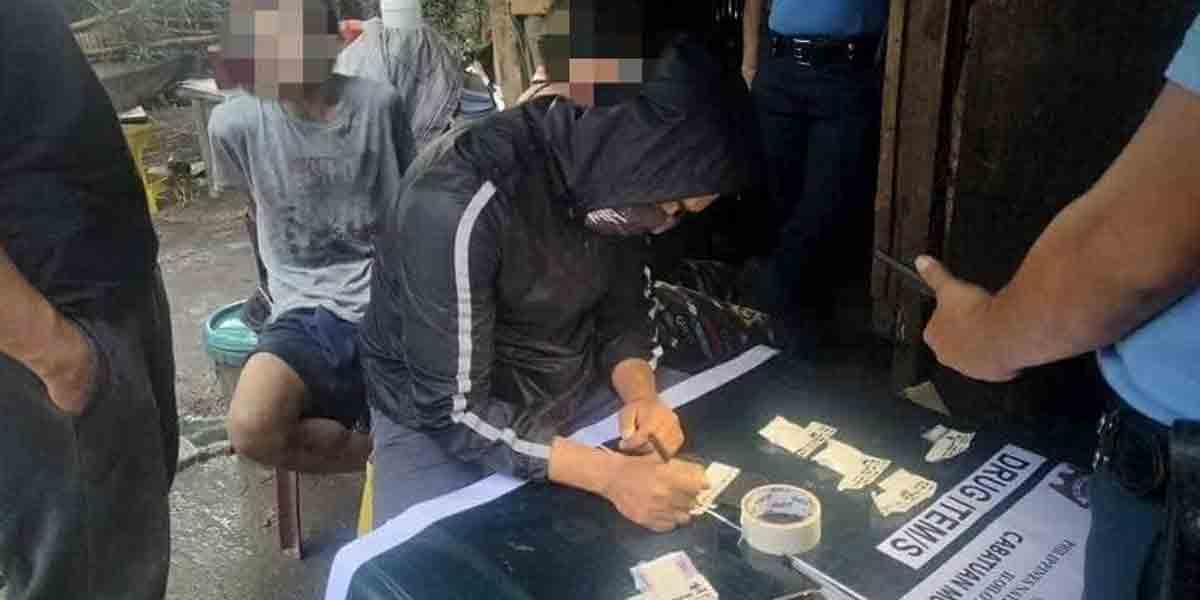By: Modesto P. Sa-onoy
THE issue of the plight of the sugarcane workers, the sacada in particular, refuses to fade away. It is like the spirit in Charles Dickens novel, The Ghost of Christmas Past that will not go away because it shaped what Scrooge is. The ghost of the sacada and the life they lived have haunted the sugar industry since the second quarter of the 20th century when migrant workers were hired by the thousands for the rapidly progressing industry in Negros.
We are now almost on a hundred years of the ghost shaping the public image of this industry and the planters who hired these migrant workers every year. I have written considerably about them, explaining how this ghost haunts the planters. The changes in the sugar industry, from landownership to the present scarcity of farm labor should have buried this ghost but it is like a skin disease that aggravates every time somebody scratches it.
The controversy erupted when the Confederation of Sugar Producers reacted to the report that San Carlos Bishop Gerardo Alminaza presented to Pope Francis a painting by Recollect Brother Jaazel Jakosalem that he called, Hesus sa Katubhan. The implication is clear: the sufferings of the farm workers, particularly the sacadas are the sufferings of Christ.
I have not seen the painting but the image of a worker laboring under the heat of the sun and paid a low wage comes immediately to mind. Indeed, the report said that the bishop described Bro. Tagoys work as a portrayal of the struggles of sugarcane workers, who are being paid unjustly in their work in the field, yet are contributing to the economic growth of Negros Island without social and health benefits.
CONFED spokesman Raymond Montinola reportedly admitted these workers continue to struggle but it is not because they are unjustly paid, rather because of the various challenges the sugar industry continues to face. There was no elaboration of what these challenges are.
He was quoted further saying that the good bishop must be reminded that there are thousands of sugar cane workers who have benefited from the social amelioration fund that only the sugar industry has established purposely to help uplift the lives of the sugar workers.
He also claimed that the term sacada is not used anymore as this is actually derogatory for migrant sugar field workers who come from other places as seasonal help for the industry. He added that the bishop must be reminded that today the industry is different from twenty years ago with the implementation of the agrarian reform law. The result is that the big planters comprise only 5% while 85% is composed of small farmers and agrarian reform beneficiaries who also continue to struggle amidst the challenges in the industry and will continue to face them. The industry he said is in need of workers.
He claimed the if the sacada painting is depicting land reform problems and the violence related to it in recent times, those are actually isolated incidents and should not be the general picture of Negros Island.
Brother Jakosalem disputed Montinola saying that the various challenges the sugar industry continues to face is not the only reason sugarcane laborers continue to suffer and that the real bane is the unjust socio-economic system that keeps the sugarcane workers from truly owning and making productive the land they till and (their) response to their clamor for genuine justice and social reforms with violence.
The artist was not convinced of the benefits granted the workers, claiming that all the touted reforms in the industry will be a sham. Sugarlandia will never change and there will always be blood in our sugar. He came from a family of a labor leader and he knows what he expresses in imagery.
He explained that the icon requires no deep interpretation. The image is the message: Jesus is on the side of the oppressed.
The image of these workers working in the fields refuses to go away because it has been etched in the public mind as a symbol of social injustice. There are significant developments in the labor sector of the industry but the image of the suffering Christ is not easily erased. People see them working and empathize with them knowing the hardship, the drudgery of the form of work and the seeming hopelessness.






















